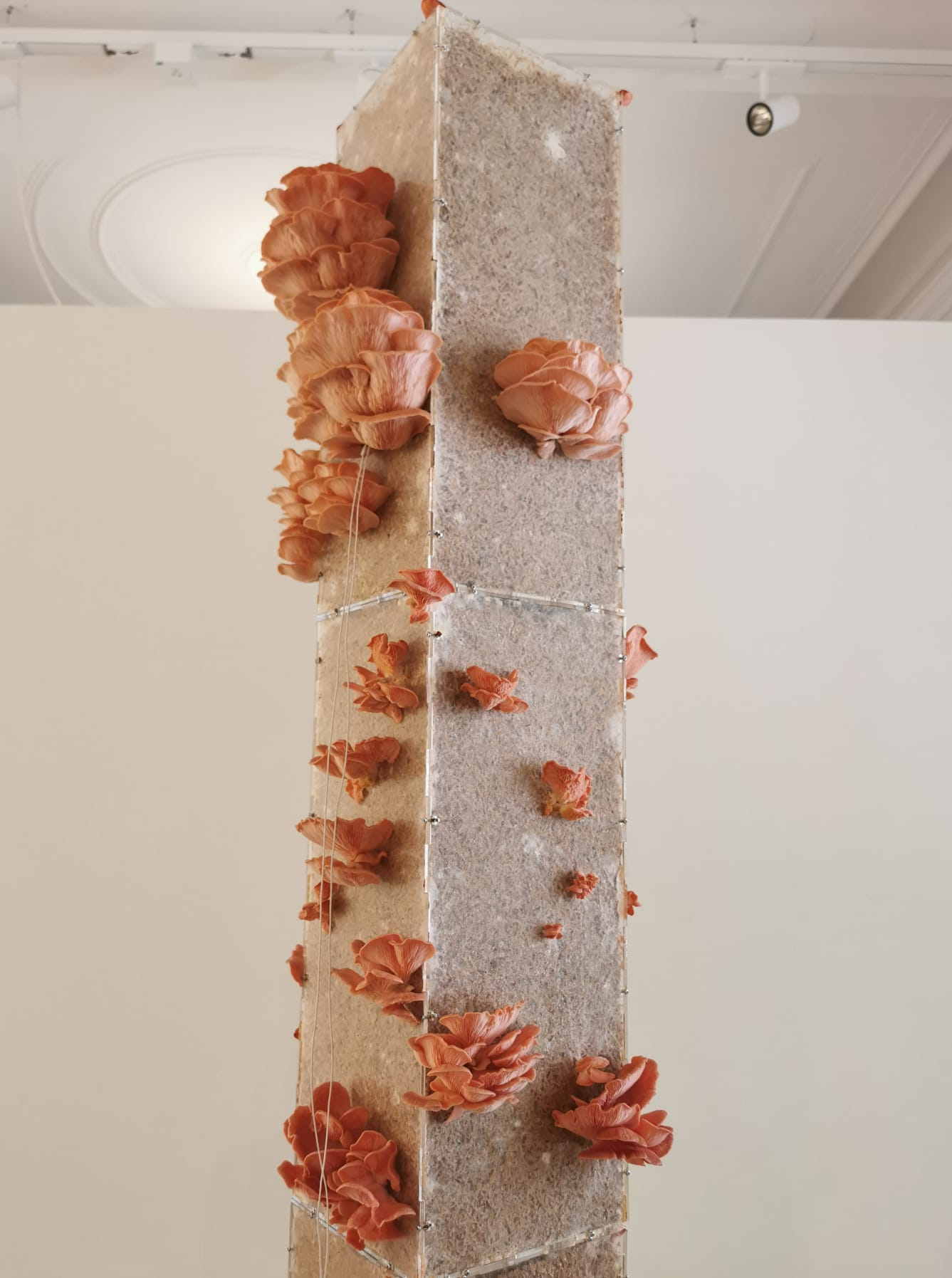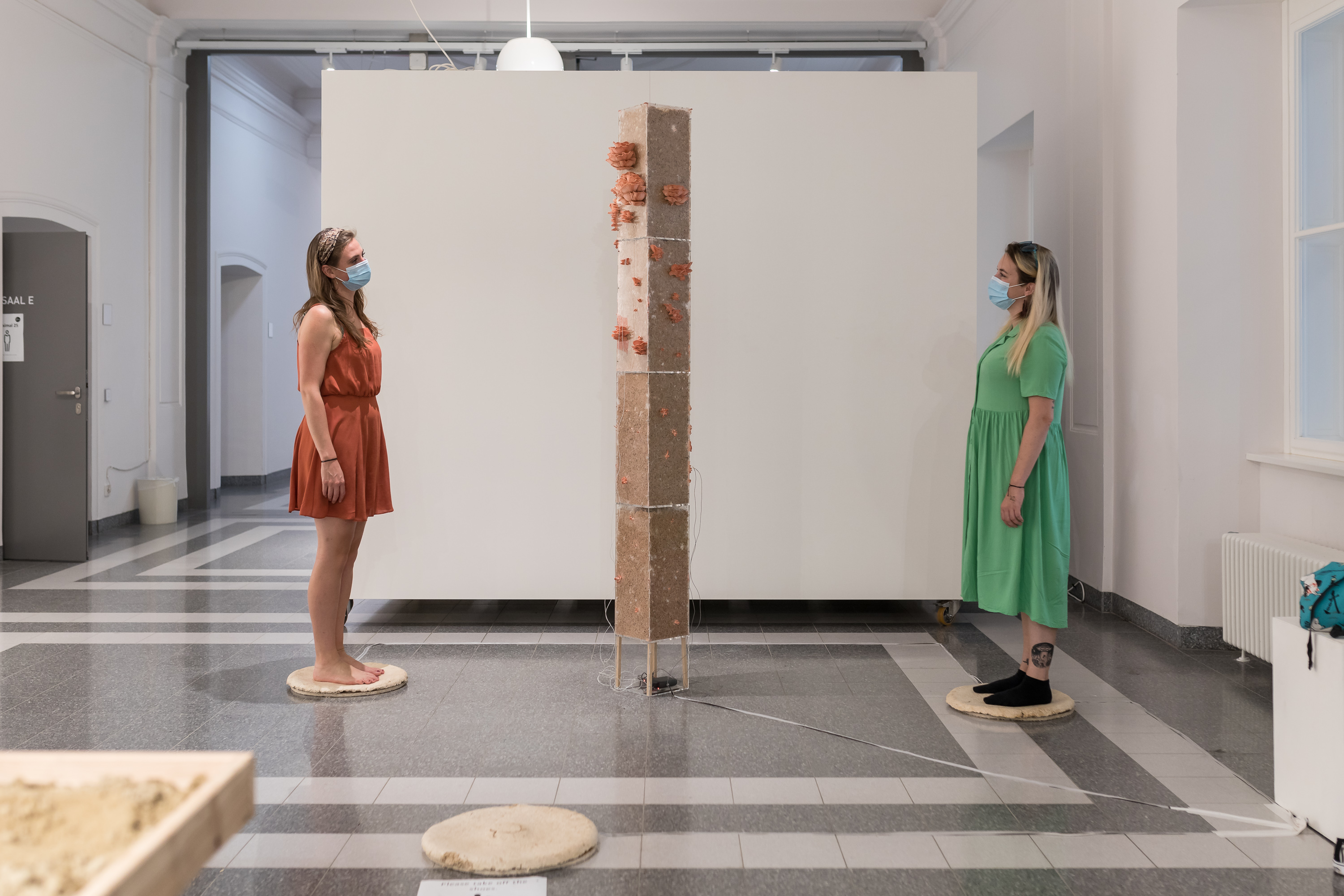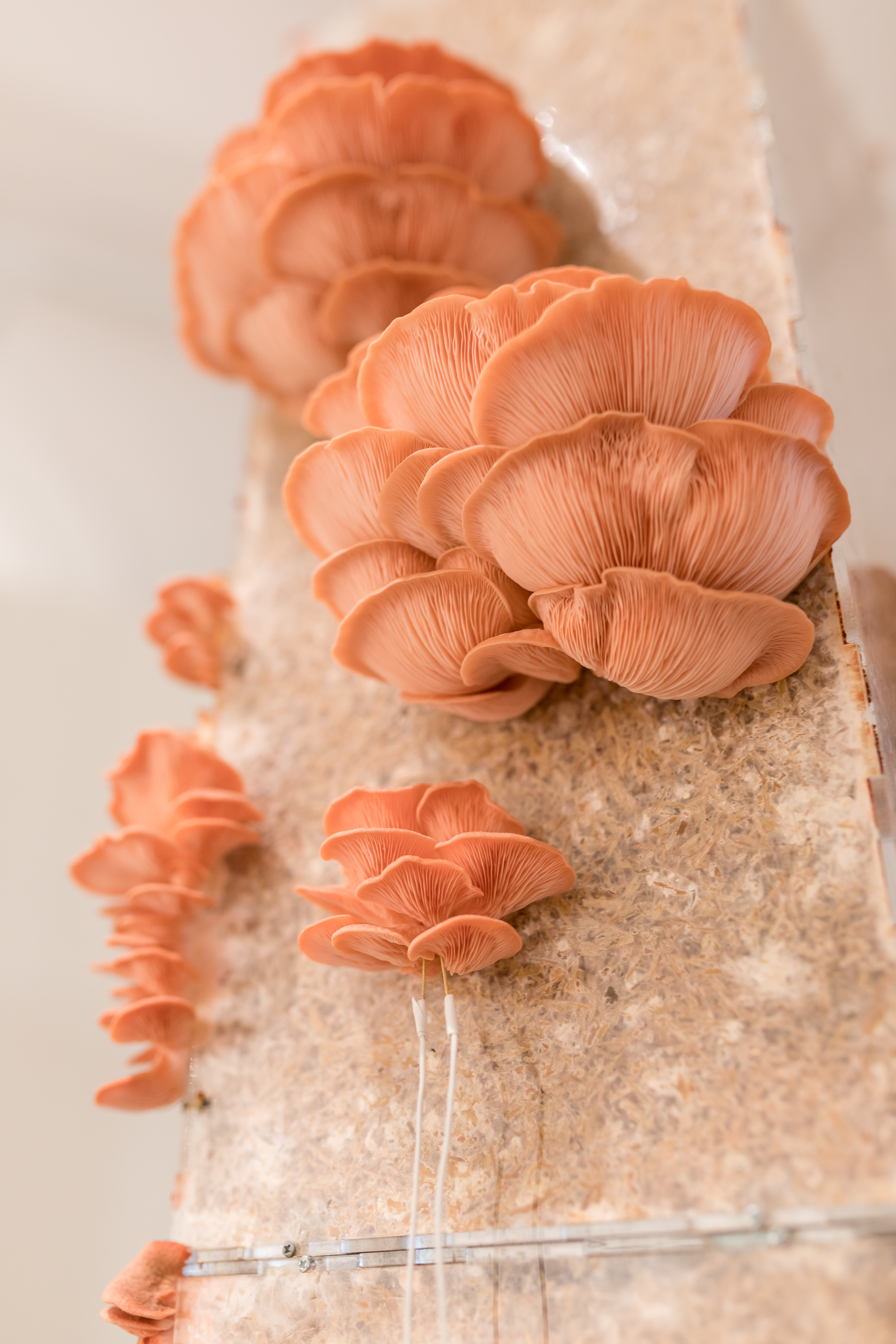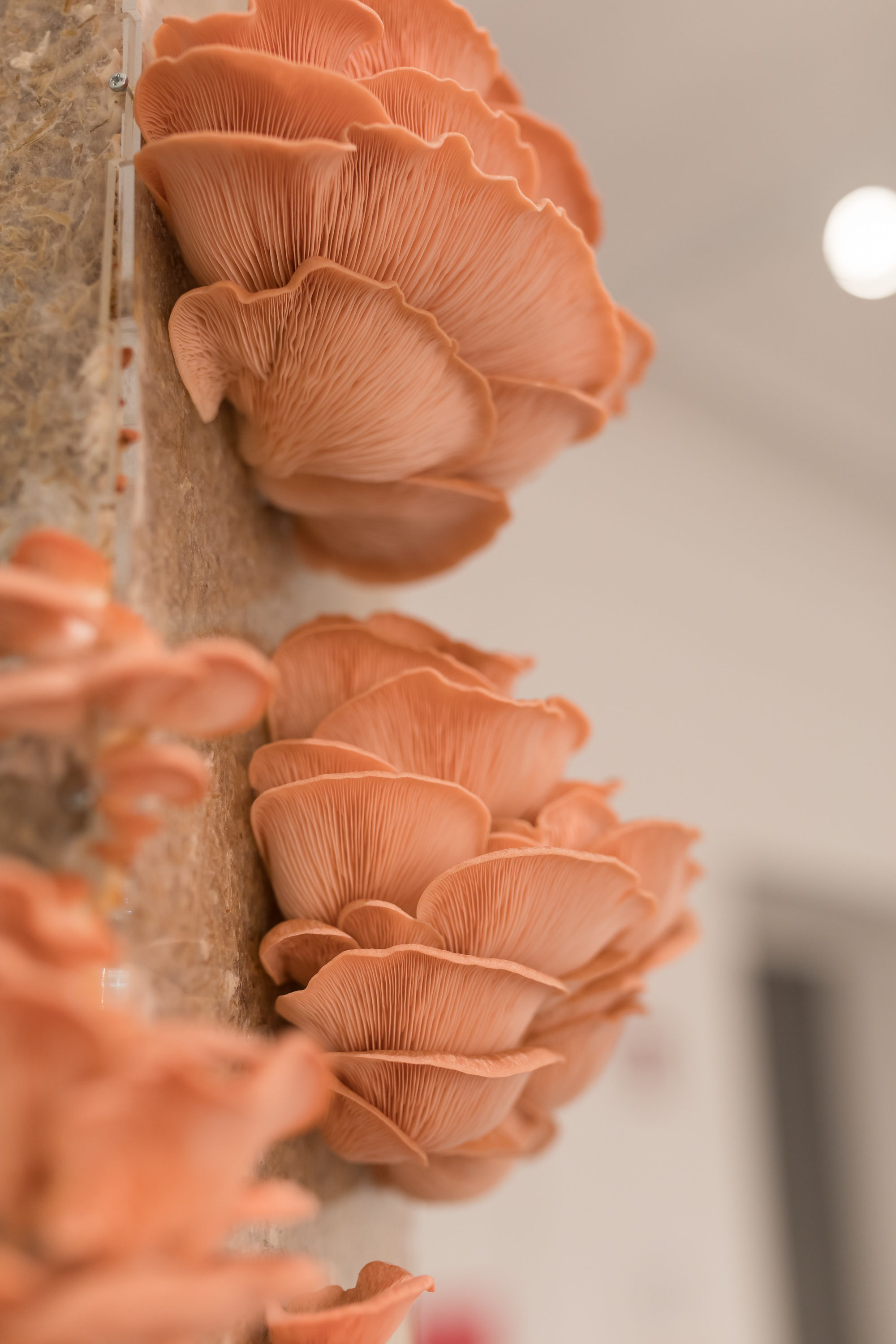RHIZA from Noor Stenfert Kroese on Vimeo.
Rhiza is an interspecies connector that invites you to plant your bare feet on her mycelium. Through the skin, your biggest organ to sense the outer world, you can connect with the mycelium’s electrical communication. This hybrid sensation between mushrooms and mycelium’s bio feedback is then transferred back to your body via tactile sensory impulses. Rhiza emerged as an aspiration to enable human beings to transgress their own species and connect with otherness in multiple ways. This complex network with its subtle blend of cooperation and conflict can be seen as an example of how we relate with each other, and our environmental systems. Just like human society, this growing inter-species society is characterized by variety, with its capacity to help and to hinder, to cooperate and to exploit. Nature is built on connections, and so are we.
Project technical supervisor: Laurent Mignonneau, Mycology supervisor: Taro Knopp (MNS-STWSTnode)
Rhiza is an interspecies connector that invites you to become part of the communication between her mycelium and oyster mushrooms. The oyster mushrooms and the mycelium in the tower continuously exchange biodata through electrical signals. These electrical signals are picked up by the biosensors and translated into vibrations that you can feel by standing with your bare feet on the mycelium floor-pads.
Rhiza emerged as an aspiration to enable human beings to transgress their own species and connect with otherness in a multiplicity by experiencing their connectedness. The visitor will experience the so-called mycorrhiza on the level of perceptive and physiological. A mycorrhiza is a form of cohabitation between roots and fungi. In Rhiza, which means roots, the visitors are integrated into the human-mycelium-mushroom interface by means of their own roots. Their bare feet and by means of that the biggest organ of a human to sense the outer world in other words; our skin is connected with the mycelium’s oscillations which are produced by electrical resistance. This hybrid sensation of electric resistance and pulse is then transferred back to the human body via tactile sensory impulses. Such symbiotic connections are an embodied way to integrate human beings into the network of their environment by means of their kinesthetic empathies.
Rhiza is inspired by the interaction within mycorrhizal networks. This underground network of fungal connections exchange not only back and forth between fungus and one plant, but also between neighbouring plants, using fungi as a thoroughfare. As the fungal threads spread they create webs known as ‘common mycorrhizal networks’. Through these networks, plants and fungus can exchange sugars, nutrients, water and more. These shared mycorrhizal networks embody the most basic principle of ecology: that of the relationship between organisms. I am intrigued by the recognition, understanding of and interaction with other species. Within this installation, I am researching the possibilities in order to create an empathic relationship between humans and non-humans. Rhiza aims to create an awareness of being part of a bigger network. Namely, a way for humans to be aware of the communication and sharing of information outside of the human realm. As I mentioned before “the human being” is no longer the center but as of a comprehensive and complex system. COVID-19 has highlighted once again that we need to start living in coexistence and symbiosis with natural landscapes rather than dominating or exploiting them as is common in many western societies. What impacts nature also impacts us humans.
Through my work, I would like to offer space to reflect and experience what these kinds of emergent systems entail. With Rhiza I like to create space to think, feel and experience what it means to be part of the complex network we live in and that we can also listen to other systems instead of taking them over. Since the profound restrictions imposed by the pandemic on social interactions and physical movement are causing a shift to the online domain also when it comes to arts, education and research. That is precisely why I think it is necessary to start re-examining our essential relationships with the material and embodied world we live in.
Experiencing the complexity of the mycorrhizal network with their subtle blend of cooperation and conflict can be seen as a metaphor for how we relate with each other, and our own social systems. Just like human society, this society is characterized by variety, with its capacity to help and to hinder, to cooperate and to exploit. Nature is built on connections, and so are we.
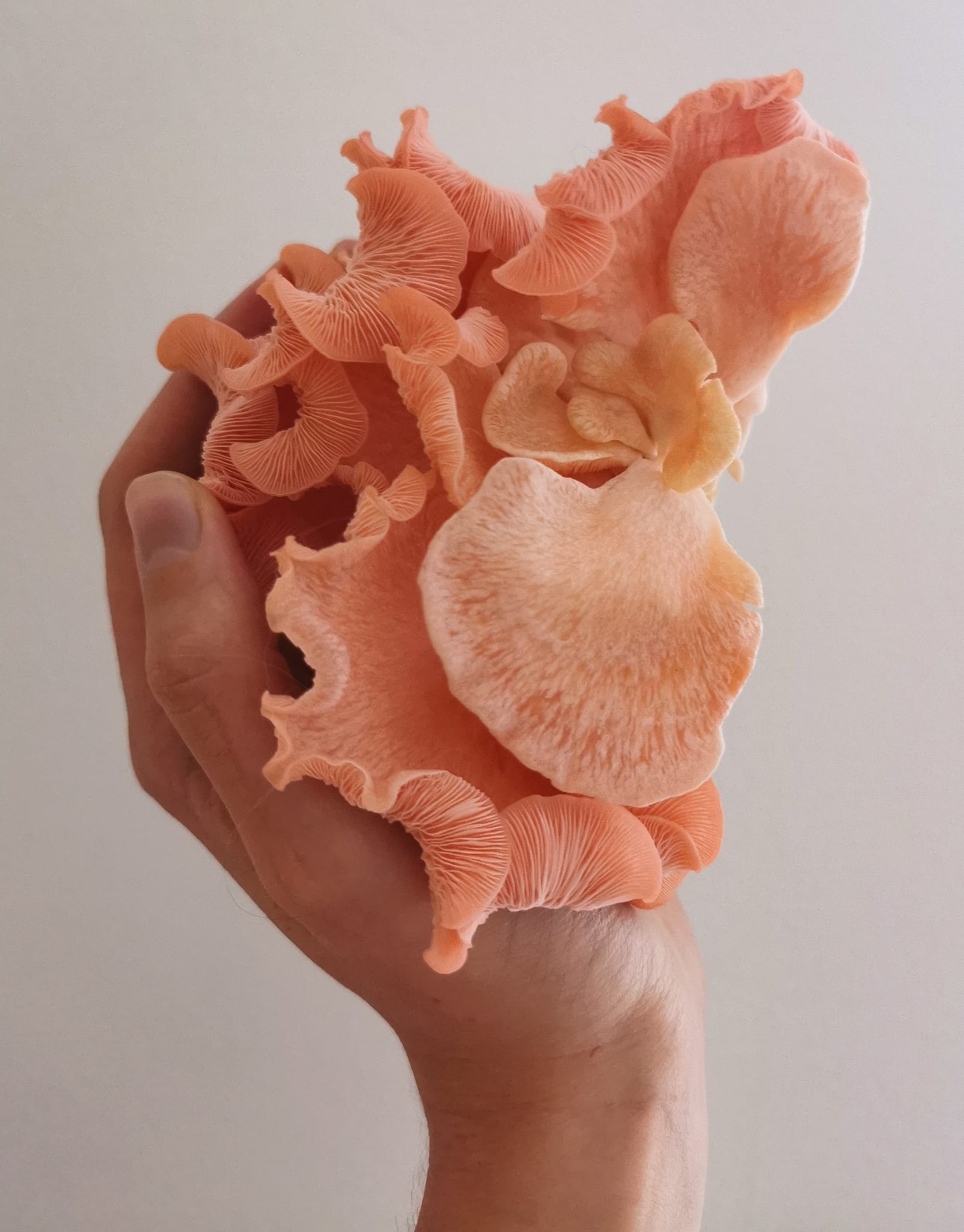
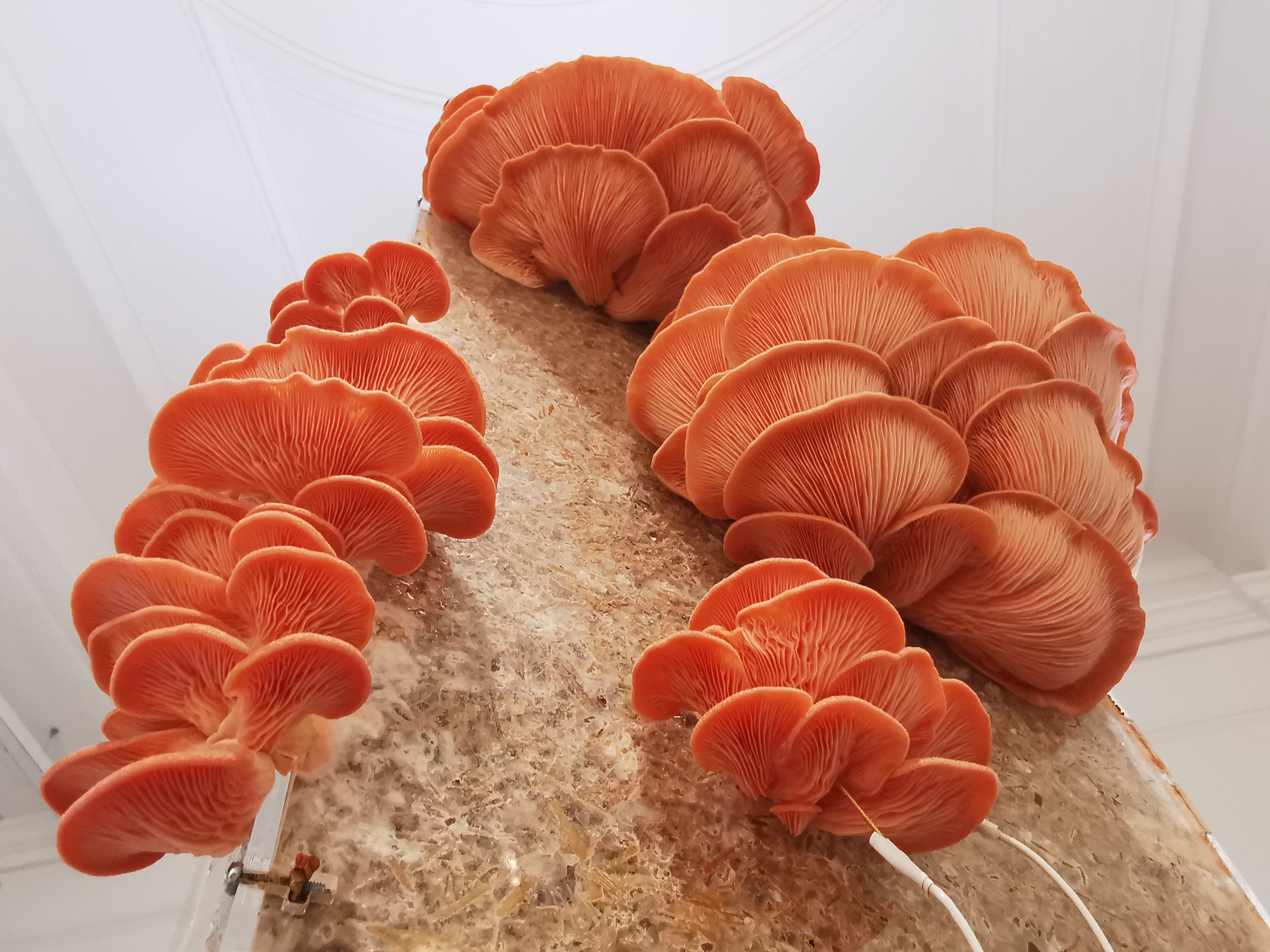
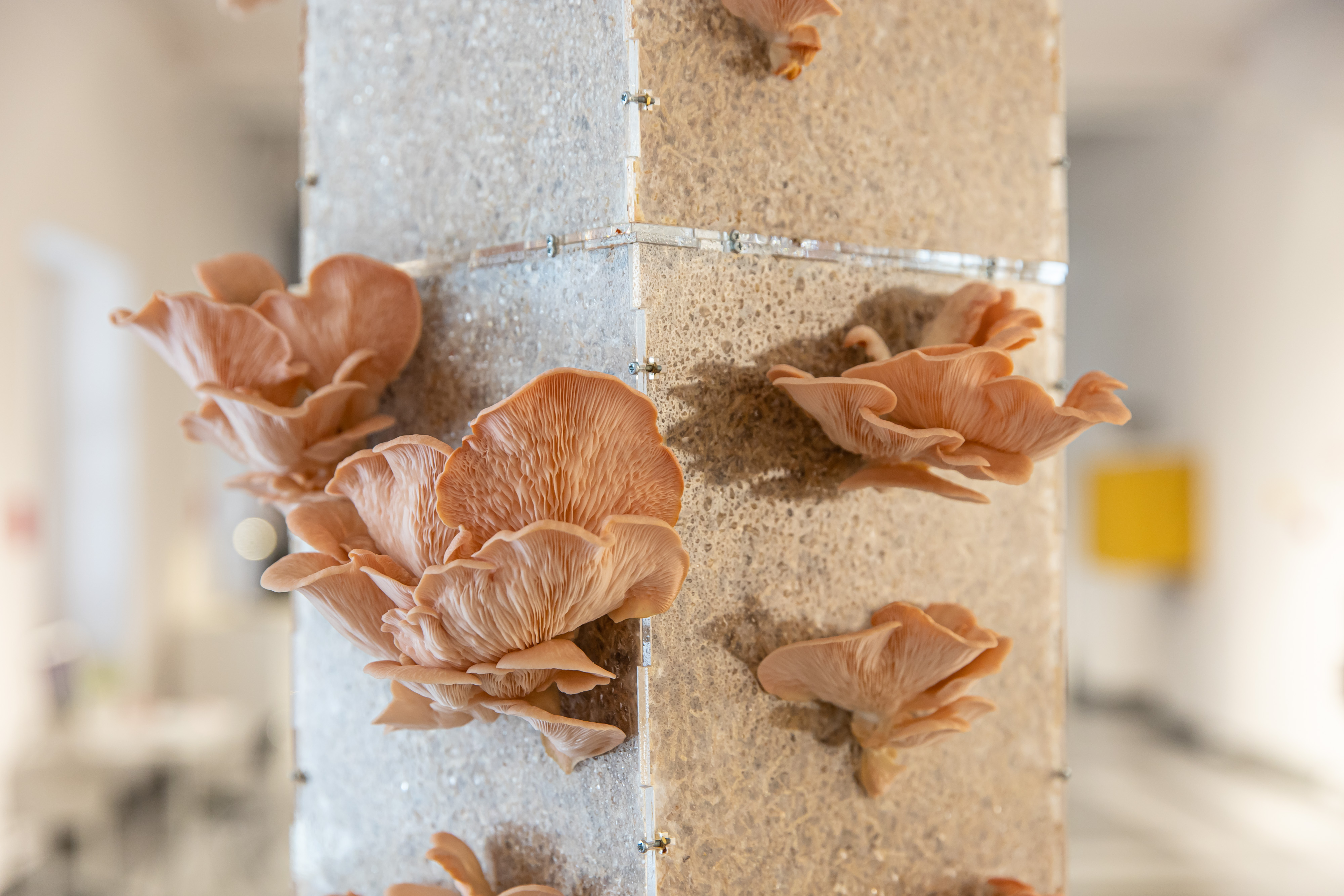
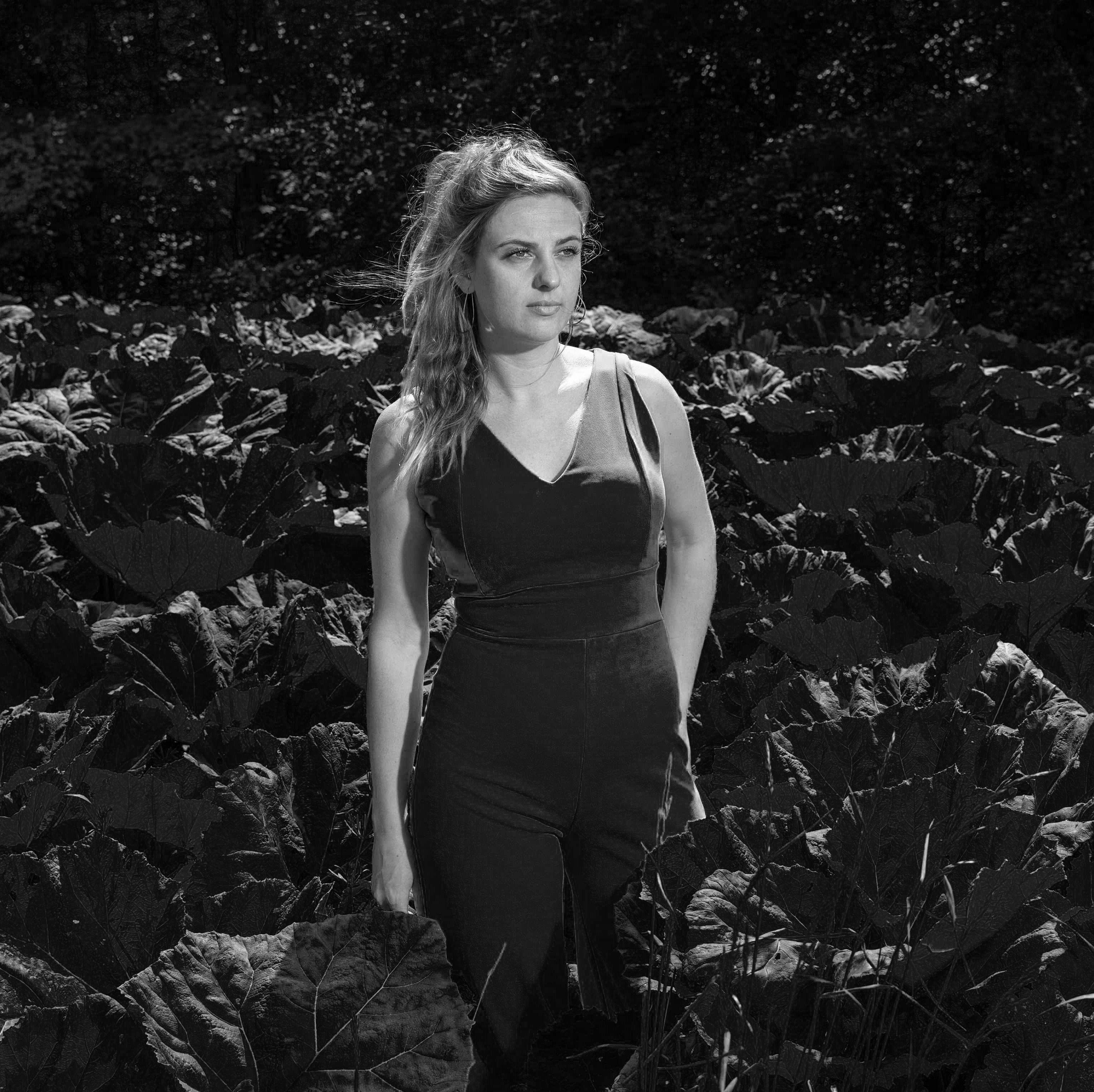
Noor Stenfert Kroese
Austria
Noor Stenfert Kroese (1993*, NL) works with embodied interactive installation at the intersection of space, time and human activity. Inspired by the interconnectedness of science, nature and technology. She is currently studying MA Interface Cultures at Kunstuniversität Linz (AT) after completing her BA Scenography at the Amsterdam University of Arts (NL).
Noor works across various media such as bio-art, theatre, and new media art. Creating the intertwinement between her work and the spectators in which new and existing ideas can be reflected on and explored. Her work does not provide a direct answer but seeks the space to ask questions and to experience. From a posthuman perspective, she explores the possibilities of taking a conscious place in the moving, uncontrollable network we are part of.
Her work was exhibited and performed at venues and festivals such as the Barcelona Design week (ES), EYE Filmmuseum Amsterdam (NL) Dutch National Opera & Ballet (NL), and the Ars Electronica Festival (AT).





